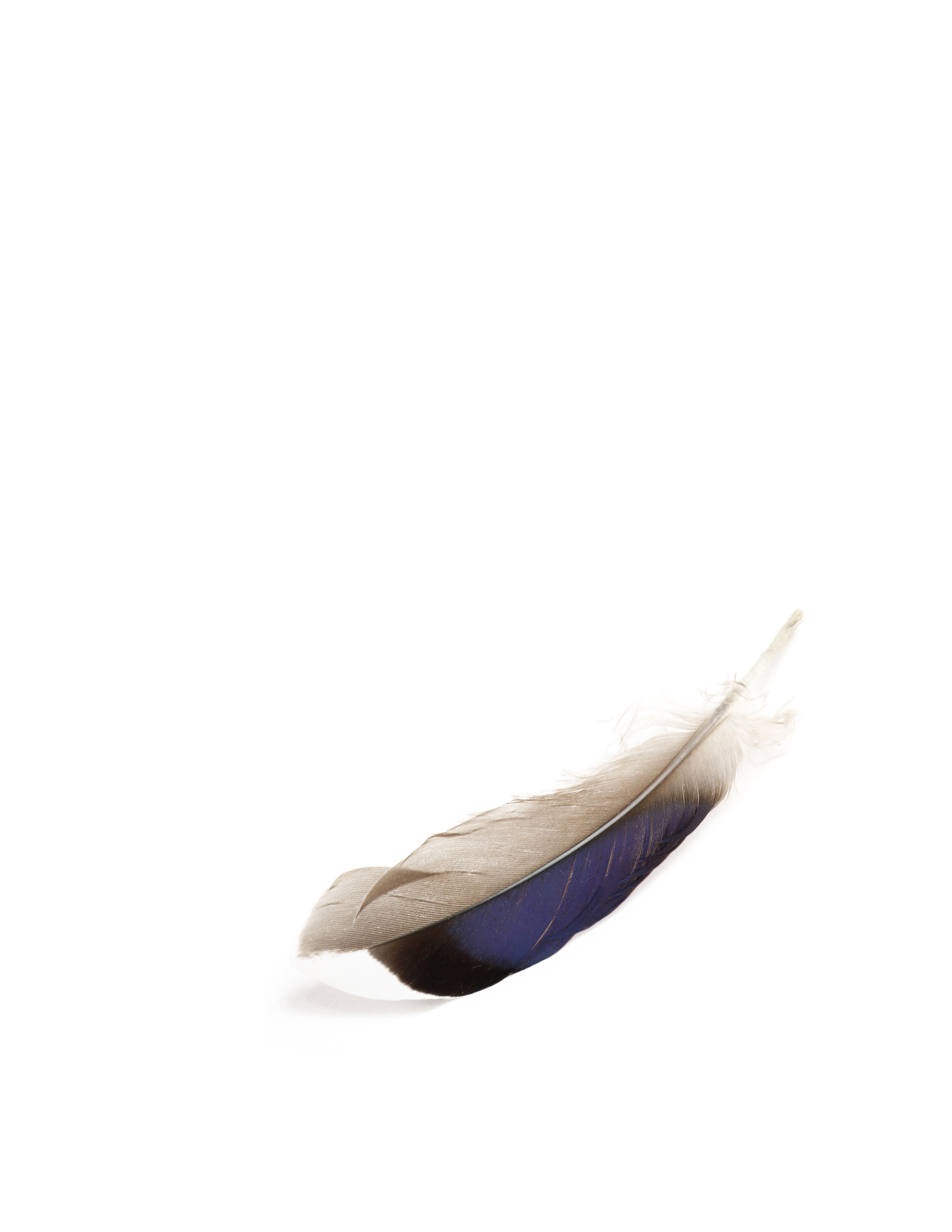
why is blue so uncommon in nature?
this photo made me wonder why the color blue is so difficult to find in nature. a quick google search turned up several explanations all explaining the same thing–that there is no blue pigment in nature, and all the blue we see is really manipulated light waves.
Most pigments that animals exhibit on their fur, skin or feathers due is related to the food they consume. Salmon is pink because of the pink shellfish they eat. Goldfinches get that yellow color from the yellow flowers they consume. But while pigments like red, brown, orange, and yellow come from the food animals eat, that’s not the case with blue. In fact, that blue you see is not really a pigment at all.
When blue does appear in nature, it’s related to other reasons than pigment. In many animals, that blue color is due to the structure of the molecules and the way they reflect light. For example, the blue morpho butterfly (which you might recognize as the butterfly emoji), gets its color from the fact that its wing scales are shaped in ridges that causes sunlight to bend in such a way that blue light, at just the right wavelength, makes it to our eye. If the scales were shaped differently or if something other than air was filling the gaps between them, the blue would vanish.
well, i thought that was pretty interesting. and then i stumbled on this little factoid too:
The ability of us humans to see the color blue is relatively recent in our evolution. No one could see the color blue until modern times. There are studies that show that certain tribes in Africa cannot distinguish blue from green but can see nuances in green that most of us cannot see.
all that from contemplating one fallen mallard feather.
mallard feather
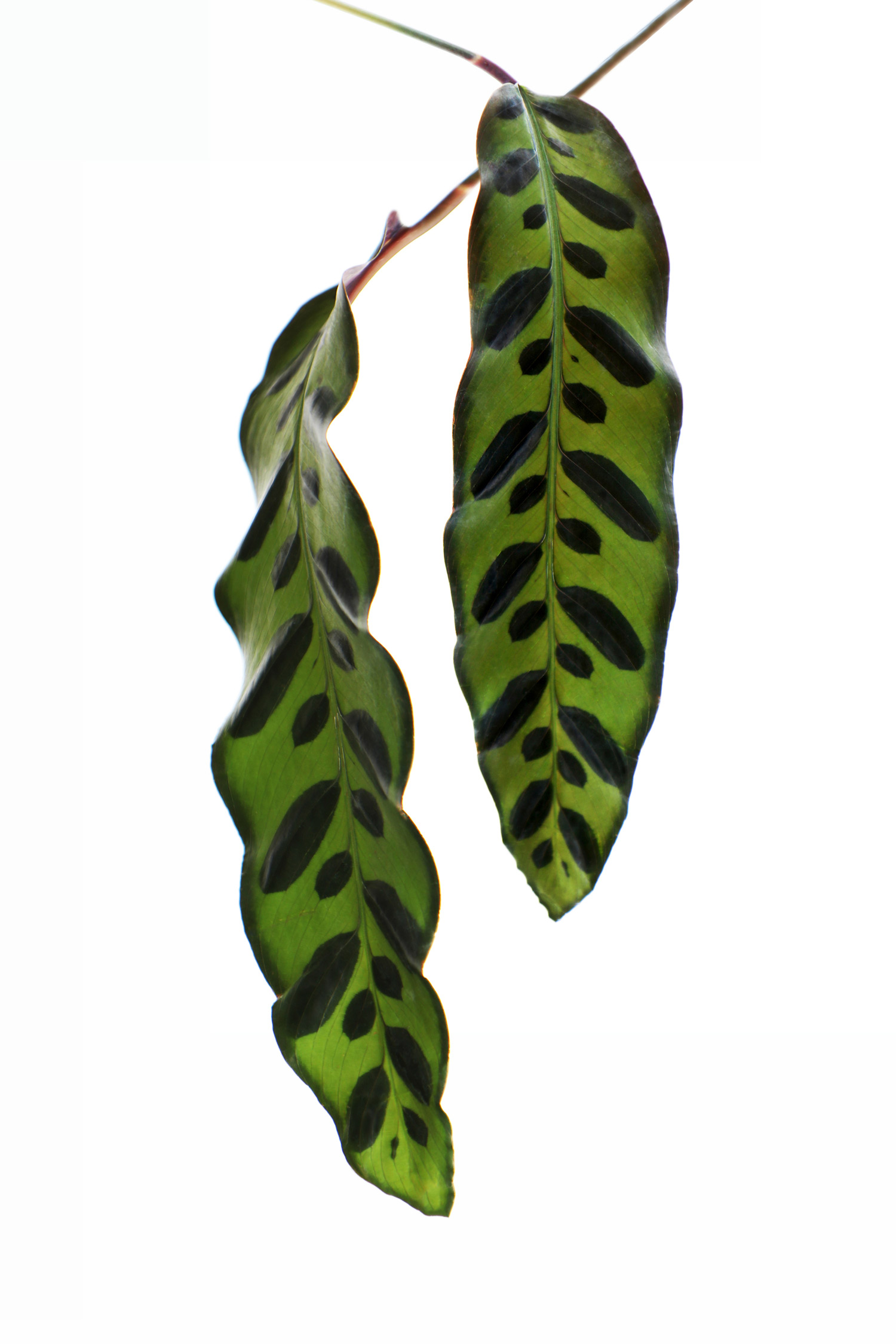
leaves within a leaf
i spent an afternoon at our local conservatory in como park, which is easy to underestimate when you live in the twin cities, but which is really quite spectacular and beautiful and just the kind of humid tropical escape that someone with dry skin can benefit from on a bone dry winter day. at the conservatory i came across this leaf, which looked like a stalk of leaves growing inside another leaf. i was just so jazzed and inspired at having spent an afternoon rediscovering the como park conservatory, and then newly discovering this rare and exotic leaf. in fact i was so inspired that i (may or may not have) pinched off a leaf or two in order to photograph them later. when i got home i looked the leaf up and found to my dismay that it was the leaf of a rattlesnake plant, a quite common indoor tropical plant from brazil, to which wikipedia devoted exactly three grudging paragraphs. then, adding salt to my wound, the wiki page called those elegant dark leaves within leaves . . . i hesitate even to employ the word . . . wiki called them . . . blotches. welp. thanks for ruining a great day, wiki. remember how i donated to you last year? yeah . . .
rattlesnake plant leaves (calathea lancifolia)
-
This plant is one of my current favorites….not only the beautiful front markings, but also the burgundy-purple colored back of the leaf. Oh! And the crimping-iron edges! It lives quite happily in Northern Wisconsin by a corner window in a room that gets fairly cold at night. I let it get dry before a good watering. It spreads out during the day, and prays at night.
reply
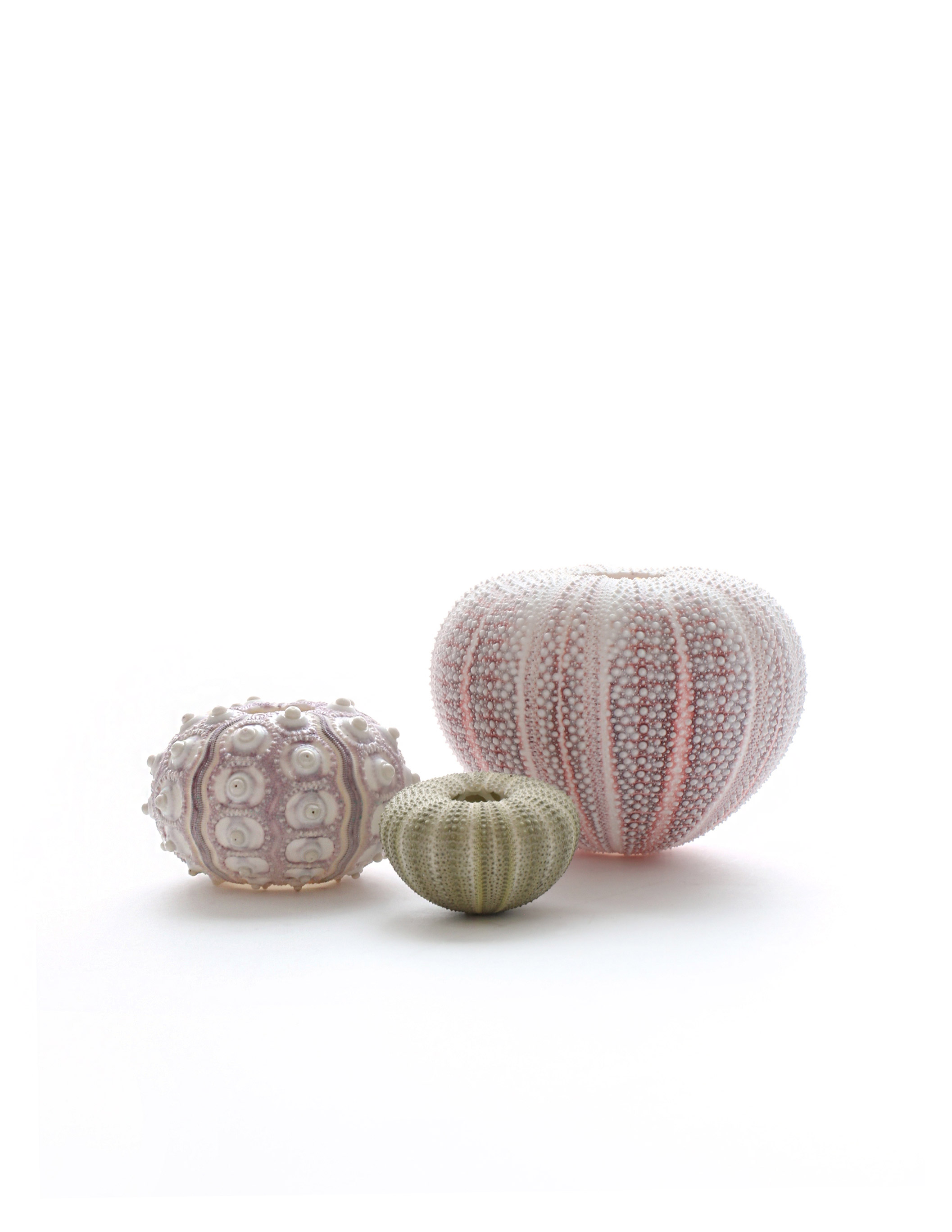
not all urchins are created equal
there are times, as a scientist, that my confidence in pure evolution as the answer to life’s complexity finds itself challenged. a client of my husband’s once said that he knew god existed and didn’t need any proof. why? raspberries, that’s why. he only needed to eat a perfect raspberry to be reassured that only god could have made such a thing. i am not quite willing to follow him there. but on the other hand, let your gaze wander over these sea urchin carapaces. and wonder…
assorted sea urchin exoskeletons
-
Exquisite!
reply
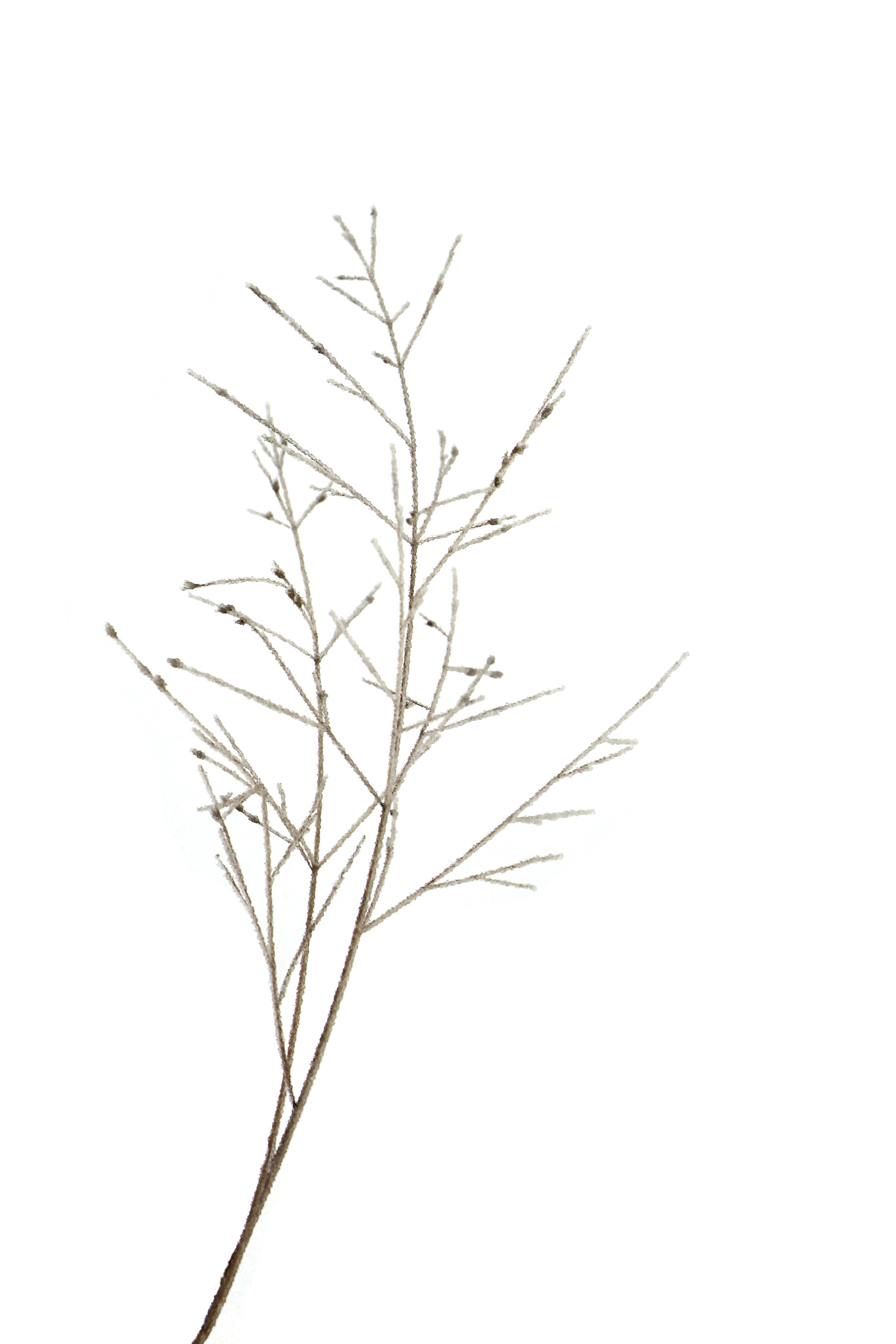
a moment in time
this image looks slightly out of focus and maybe even a bit pixelated. but it is not. it’s is a very slender winter tall grass stem exquisitely sheathed in ice. if you enlarge your screen you’ll see delicate ice scales shingling each brittle branch. imagine trying to do that by hand. more than that: imagine creating the conditions that could make such a thing happen on its own.
ice covered winter tall grass stem
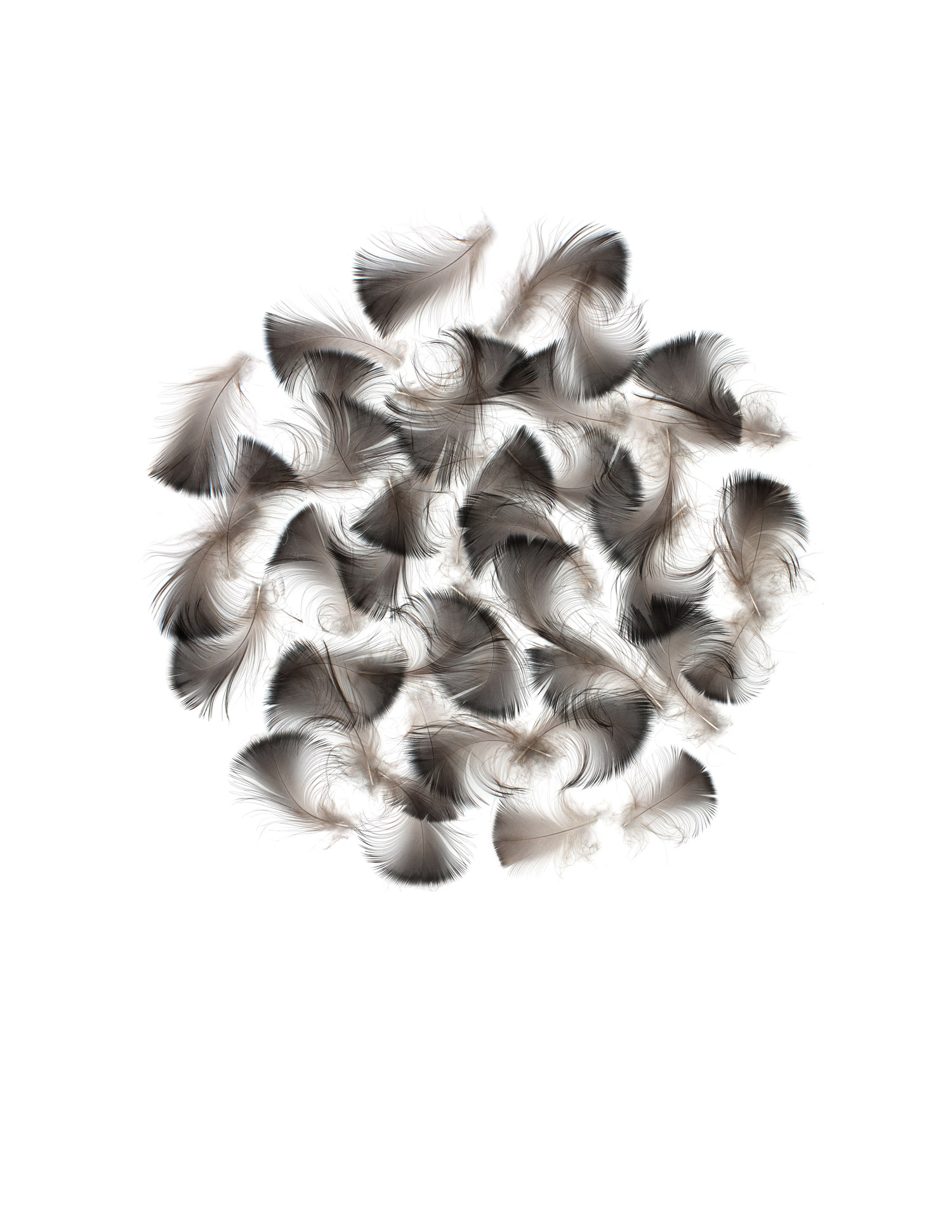
rapid prototyping
this was the result of half a dozen quick and dirty rearrangements of the black feathers that make up the neck ruff of a ruffed grouse. i didn’t spend much time on any one of the arrangements. i favor doing over thinking. or rather, i think of doing as a form of thinking.
ruffed grouse neck (ruff) feathers
-
A bird of such subtle beauty
reply



Color….that elusive property that is difficult to define and that definition varies widely among cultures. In ON COLOR by David Scott Kastan and Stephen Farthing, they maintain that color VISION must be universal. The human eye and brain work the same way for nearly all people as a property of their being human. In other words, we ALL see blue. But the color LEXICON is shaped by culture. Physiology determines what we see; culture determines how we name, describe, and understand it. The SENSATION of color is physical; the PERCEPTION of color is cultural.